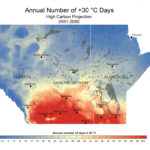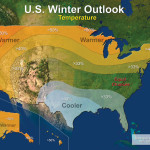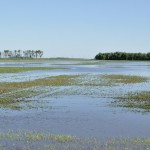El Niño conditions are developing across the Pacific with an increasing probability that a full-fledged El Niño episode will occur during the second half of 2017. Pacific equatorial winds have slackened since the start of the year and a characteristic tongue of warm water has begun to form stretching from Peru towards the international dateline.









